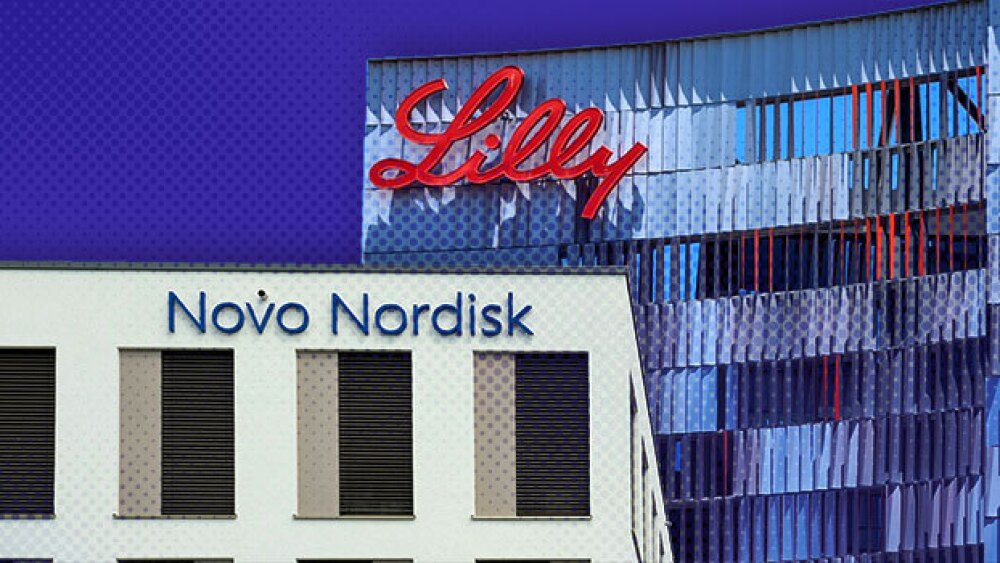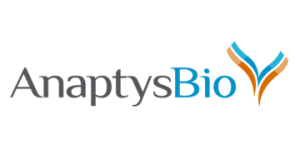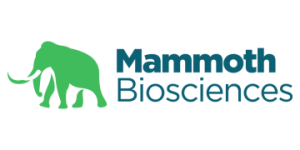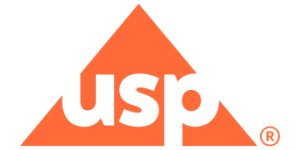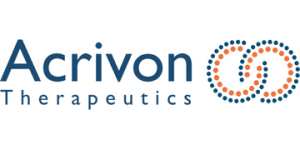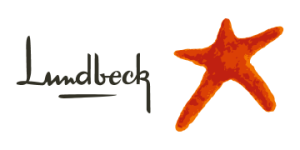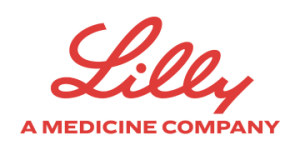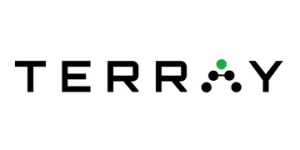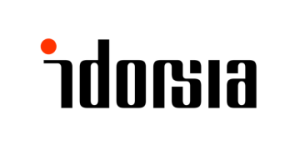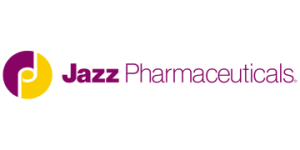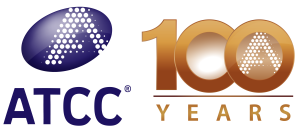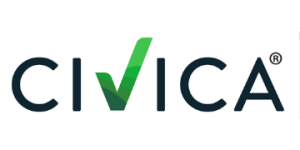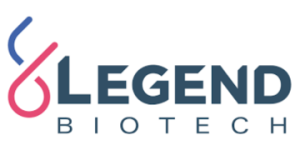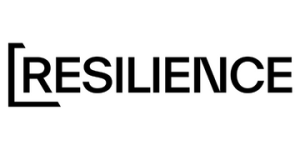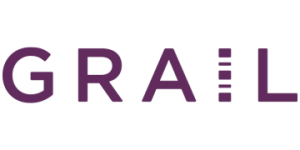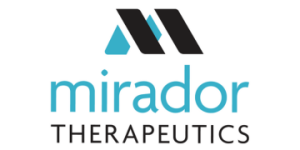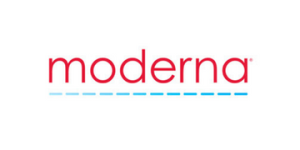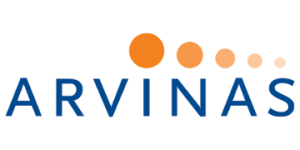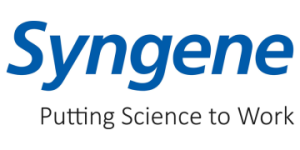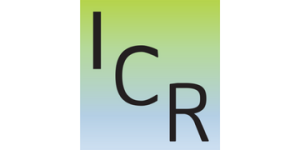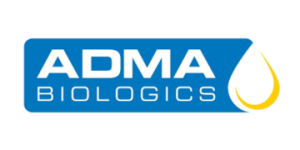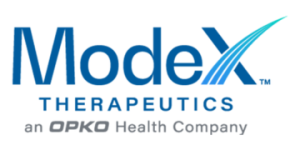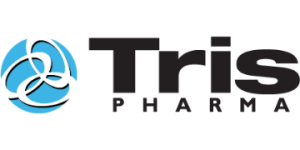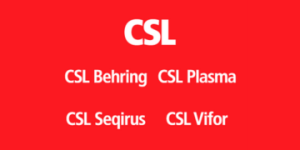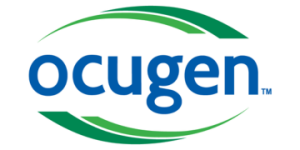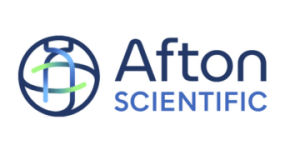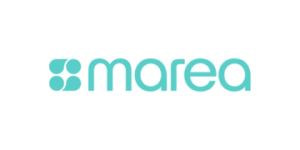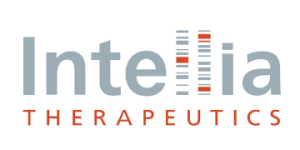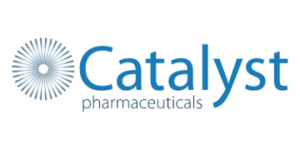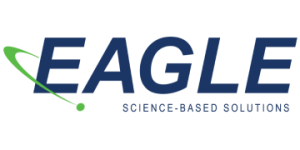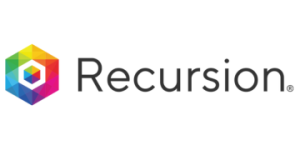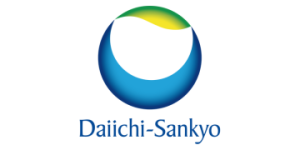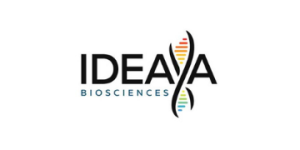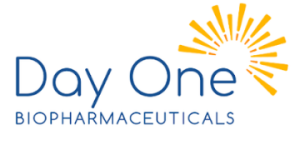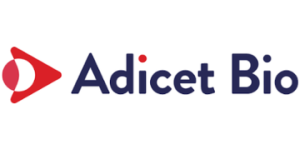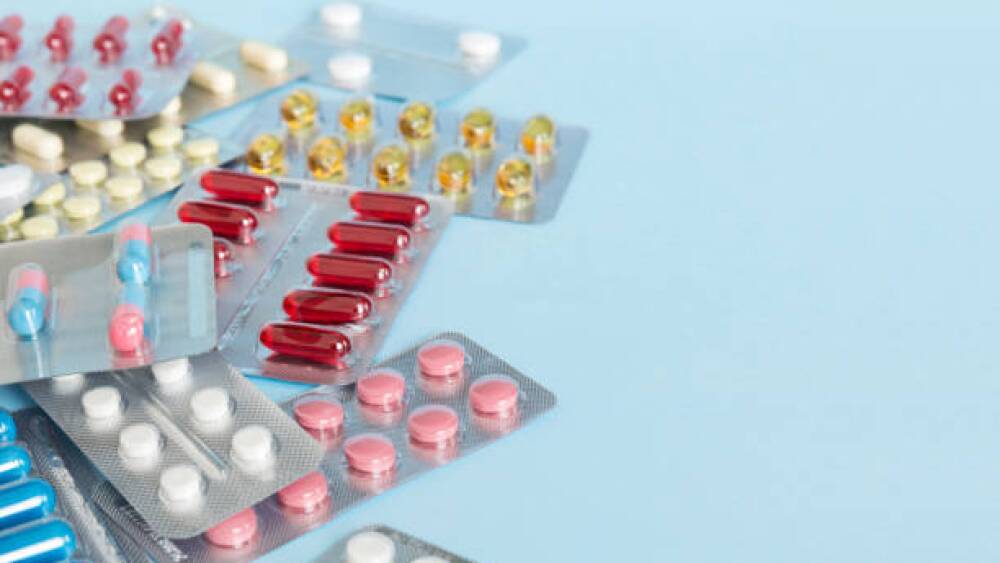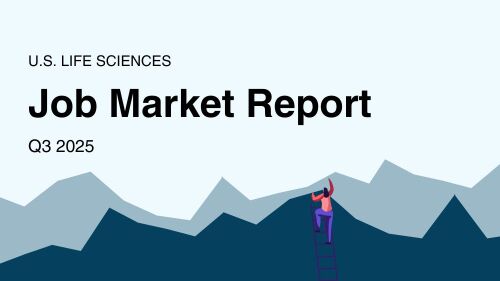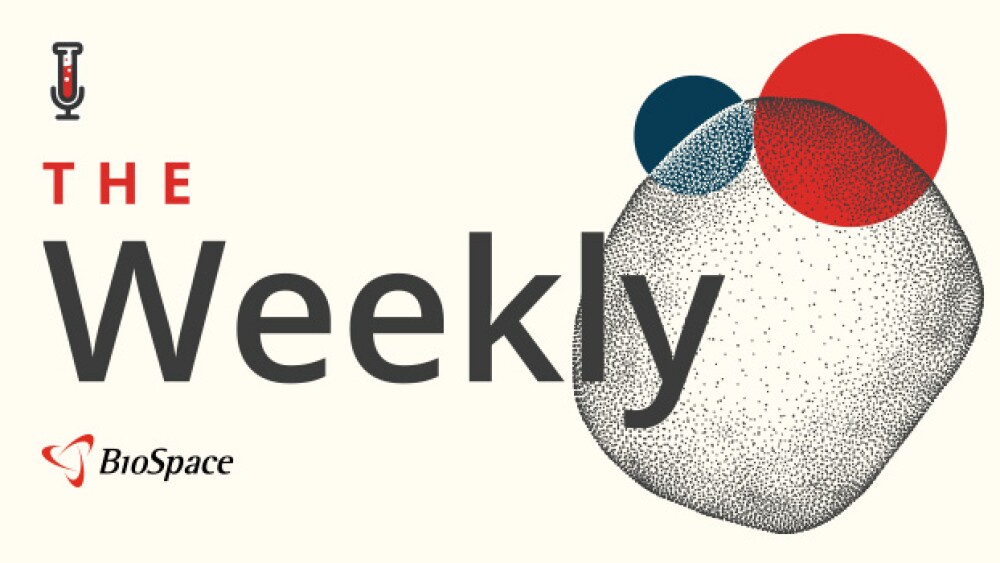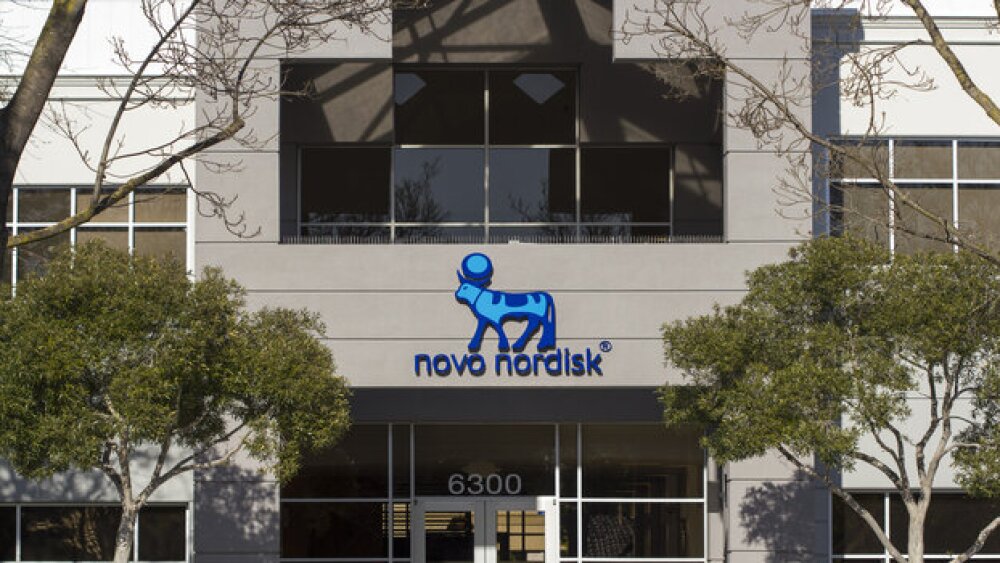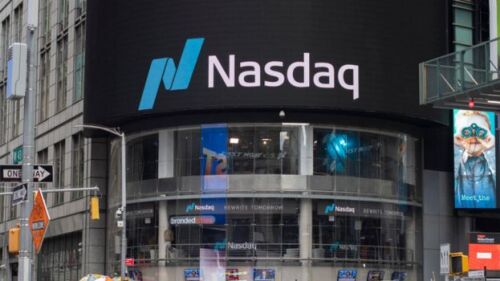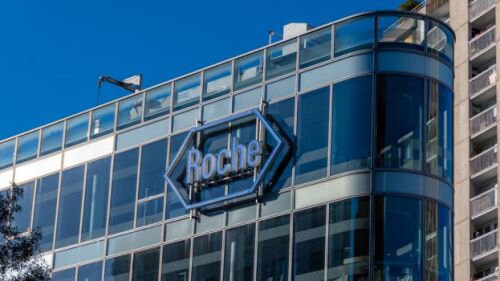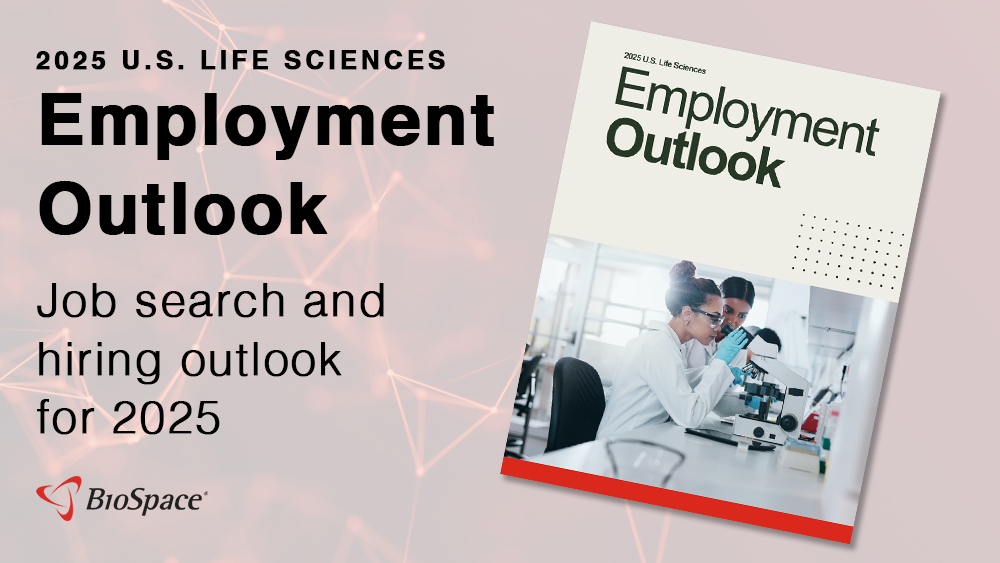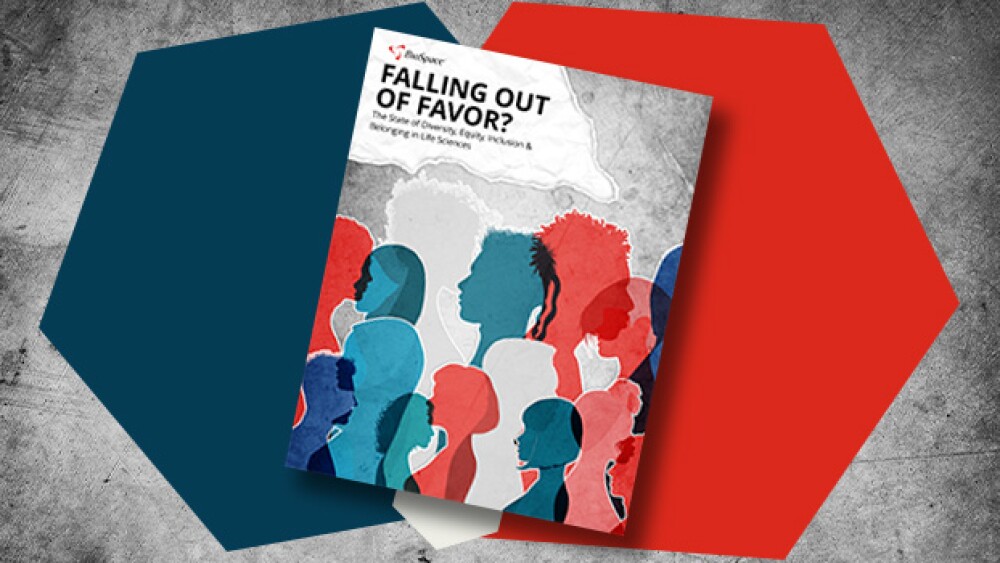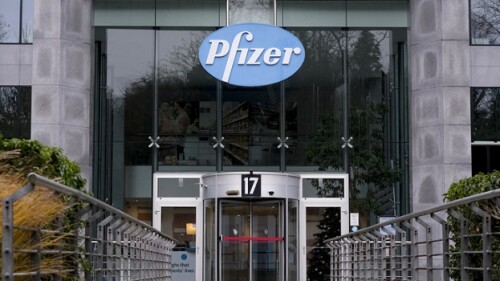Under the Inflation Reduction Act, medications with the same active ingredient will be treated as the same drug for price negotiation purposes—even if approved by the FDA under a separate application—disincentivizing companies from investing time and money in gaining approval for new formulations and indications.
The FDA Adverse Event Reporting System, which Commissioner Marty Makary called “clunky,” previously published updates on a quarterly basis.
There’s still much more to come from the White House on tariffs, but the European Union has now reached a trade agreement with the U.S.
The drug, for hereditary angioedema, is Ionis’ second wholly owned asset.
Vanda claims that two generics to its sleep disorder drug Hetlioz were approved despite inadequate data and is requesting that FDA Commissioner Marty Makary revisit the decision.
Krystal Biotech’s decision follows the FDA’s rejection last month of Replimune’s RP1, which works similarly to Krystal Biotech’s KB707. The biotech said this has introduced “heightened uncertainty” regarding a potential accelerated pathway for the candidate.
Among the problems cited were cat hair, bacterial contamination and instrument defects.
FEATURED STORIES
The past four years have brought disappointment for the Huntington’s community, but optimism is growing as companies including Prilenia and Wave Life Sciences eye paths to approval of therapies that could address the underlying cause of the disease.
A fatal, highly hereditary illness with no disease-modifying treatments, Huntington’s is long overdue for a therapeutic win. Here, BioSpace looks at five candidates that could change the trajectory for patients.
With Eisai and Biogen’s Leqembi and Eli Lilly’s Kisunla launching onto the market, the 2024 Clinical Trials of Alzheimer’s Disease conference focused on the role these drugs might play, as well as combination therapies and innovative new treatment options.
With Novo Holdings’ $16.5 billion buyout of Catalent being reviewed by regulators, what work the contract drug manufacturer may or may not be performing for Eli Lilly remains a point of contention.
With climbing biotech M&A and IPO activity following the post-pandemic slump, experts offer insights on maximizing value and otherwise capitalizing on exit opportunities.
In a tough fundraising space, cell therapy biotechs pursuing autoimmune indications review staffing to ensure the right expertise is in place to tackle the new disease area.
LATEST PODCASTS
Pfizer seals the deal with Metsera for $10 billion after Novo Nordisk bowed out; President Donald Trump welcomes executives from Novo and Eli Lilly to the White House to announce that the companies’ GLP-1 medicines would be sold at a reduced cost; and the FDA grants the second round of priority review vouchers—primarily to already marketed drugs.
In this episode presented by PII, BioSpace’s head of insights discusses how to relieve clinical trial patients of technological burden to improve compliance with guests Oliver Eden and Travis Webb.
Pfizer and Novo Nordisk continue to fight for ownership of obesity startup Metsera; CDER Director George Tidmarsh leaves his position amid an ongoing probe into his “personal conduct”; FDA reverses course on approval requirements for uniQure’s Huntington’s gene therapy; Sarepta’s exon-skipping Duchenne muscular dystrophy drugs fail confirmatory study.
Job Trends
Vaccines are one of the most significant public health achievements in modern history, playing a vital role in helping to prevent certain infectious diseases and protect communities across the globe.
Subscribe to GenePool
Subscribe to BioSpace’s flagship publication including top headlines, special editions and life sciences’ most important breaking news
SPECIAL EDITIONS
In this deep dive, BioSpace investigates China’s rise as a biotech powerhouse.
In this deep dive, BioSpace explores the next big thing in obesity.
BioSpace did a deep dive into biopharma female executives who navigated difficult markets to lead their companies to high-value exits.
DEALS
-
While analysts are bullish on Novo Holdings’ $16.5 billion acquisition of Catalent, they say it raises questions for companies that have contracted the CDMO for manufacturing.
-
The Swiss pharma’s dealmaking momentum continues in early 2024 with the acquisition of German biotech MorphoSys in an effort to strengthen its oncology portfolio.
-
Metagenomi could potentially raise over $100 million if the underwriters exercise their option to purchase additional shares in full, assuming an initial public offering price of $16 per share.
-
The investment arm of the Novo Nordisk Foundation is acquiring contract development and manufacturing organization Catalent to help meet high demand for Ozempic and Wegovy.
-
Alto Neuroscience and Fractyl Health provided further momentum to the recent spate of biotech initial public offerings, with both companies going public on Friday morning in respective $128 million and $110 million IPOs.
WEIGHT LOSS
-
While type 2 diabetes and obesity are the primary conditions currently treated with blockbuster GLP-1 drugs, Novo Nordisk and Eli Lilly aim to enter additional markets.
-
After nixing a twice-daily version of its oral GLP-1 agonist, Pfizer is hoping to break into the weight-loss space with a once-daily version, but experts question its outlook.
-
Roche’s oral GLP-1 receptor agonist CT-996—obtained in the $2.7 billion acquisition of Carmot Therapeutics—reduced body weight by more than 6% at four weeks versus placebo in a Phase I trial.
-
Pfizer selects its candidate for the oral GLP-1 race as Eli Lilly strives to overtake Novo Nordisk in the injectable weight-loss drug space. Meanwhile, pressure builds to reduce drug prices in the U.S.
-
To help keep pace with the demand for GLP-1 therapies, CordenPharma has announced a sizeable $980 million investment in its U.S. and European sites.
POLICY
-
In the U.S., the chorus of opposition against the proposed buyout continues to grow and now includes the CEOs of Roche and Lilly, a broad coalition of unions and consumer groups and at least one senator.
-
Iskra Reic will continue to serve as the pharma’s senior vice president for Vaccines and Immune Therapies as she steps in for Leon Wang, who was detained by Chinese authorities in November.
-
Novartis is seeking to prevent the entry of generics for its blockbuster heart failure drug Entresto, its top-selling asset that brought in more than $6 billion in net global sales last year.
-
The payment scheme will tie gene therapy payments to improvements in health outcomes—and could potentially boost the uptake of these sickle cell disease treatments.
-
Based on how President-elect Donald Trump’s first administration handled immigration, experts are concerned about how his second term will impact foreign-born biopharma professionals. Two immigration attorneys discuss what may be ahead, including increased difficulty getting work visas.
Once you’ve made initial meaningful contact with a hiring manager – through an interview, online or phone inquiry, informational interview or networking experience – the best way to turn that encounter into opportunity is through sustained follow-up.
Here are four ways to improve your productivity while working from home!
You can apply these career-planning and goal-setting techniques to establish career goals that are just as exciting as those you dreamed about as a kid.
The interview goes both ways and in order to choose a perfect workplace, you must analyze a few things. Here are a few interview red flags to watch out for during an interview.
Questions about the future are not uncommon in job interviews and represent an opportunity for careful preparation.
It’s common to feel overwhelmed or stressed about a major career change. There are a few things you can do to position yourself as the right person for the job.
HOTBEDS
REPORTS
In this Employment Outlook report, BioSpace explores current workforce sentiment, job activity trends and the prospective job and hiring outlook for 2025, particularly as it compares to the previous year.
BioSpace’s third report on diversity, equity, inclusion and belonging in life sciences examines dramatic shifts in attitude around diversity initiatives.
CANCER
-
Monday’s failure to improve overall survival in breast cancer “further dents belief” in the companies’ Dato-DXd and “likely complicates regulatory discussions for approval of this indication,” Jefferies analyst Peter Welford wrote in a note to investors.
-
With Friday’s approval, Sanofi’s anti-CD38 antibody Sarclisa will go head-to-head with the first such therapy for multiple myeloma, Johnson & Johnson’s Darzalex, which raked in nearly $10 billion last year.
-
The European Society for Medical Oncology’s annual meeting this week featured the hottest emergent areas of cancer treatment—antibody-drug conjugates, bispecifics and radiopharmaceuticals—while anti-TIGIT therapies made a bit of a comeback.
-
Summit Therapeutics’ ivonescimab has the potential to challenge Merck’s blockbuster checkpoint inhibitor in non-small cell lung cancer, but experts stress the need for diverse and overall survival data.
-
The mesothelioma approval for the Keytruda combination regimen potentially unlocks a $12 billion market opportunity, according to a recent report from research firm IMARC Group.
NEUROSCIENCE
-
Psychedelic drug developers are homing in on the potential $16 billion depression treatment market, with a particular focus on treatment-resistant depression.
-
Vaxxinity published data from an early-stage clinical trial showing that its investigative immunotherapy, UB-312, could improve movement in Parkinson’s disease and protect against pathological alpha-synuclein.
-
A new observational study from the University of Iowa points to the potential of alpha-blocker drugs, commonly used to treat enlarged prostates, as a preventive therapeutic option for dementia with Lewy bodies.
-
The next six months for the FDA are primed to be as groundbreaking as the first six, with Eli Lilly’s donanemab and Lykos Therapeutics’ MDMA-assisted PTSD therapy on the docket, among others.
-
Accurately diagnosing Alzheimer’s disease pathologies is becoming increasingly important, but the U.S. is facing imaging resource constraints.
CELL AND GENE THERAPY
-
Q&A: Development Scientist at AGC Biologics Sara Morlacchi analyzes the growth of the cell therapy industry and barriers for cost and accessibility.
-
Pfizer will go toe-to-toe with CSL Behring following the FDA’s Friday approval of its hemophilia B gene therapy Beqvez and will launch a warranty program based on the durability of response.
-
The Celularity CEO and founder tells BioSpace he believes that placenta-derived cells are the future of stem cell therapies to fight autoimmune disease, cancer, even aging.
-
While Sanofi restructures and parts with employees from U.S. and Belgian sites, a new company in the GLP-1 space emerges from stealth.
-
While Bristol Myers Squibb did not explicitly mention China as the company expands and diversifies its manufacturing capacity, Cellares said the BIOSECURE Act would be a boon to its own growth.













